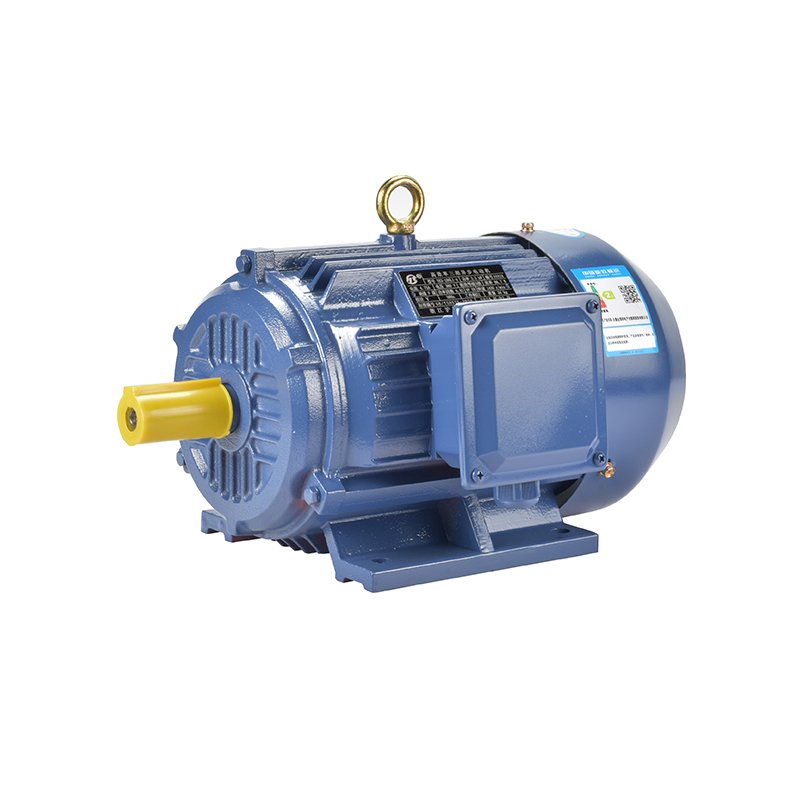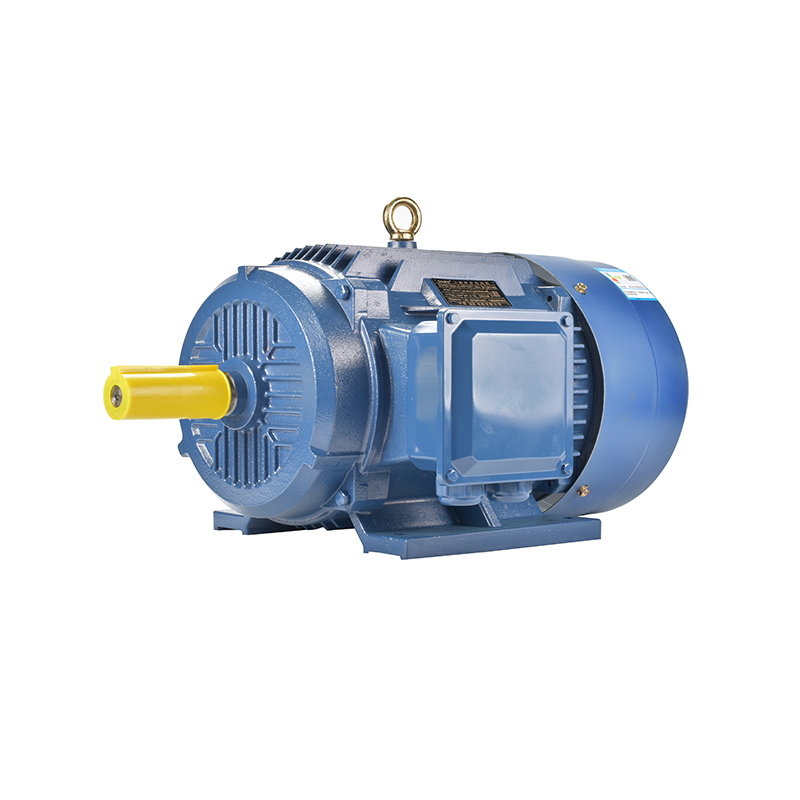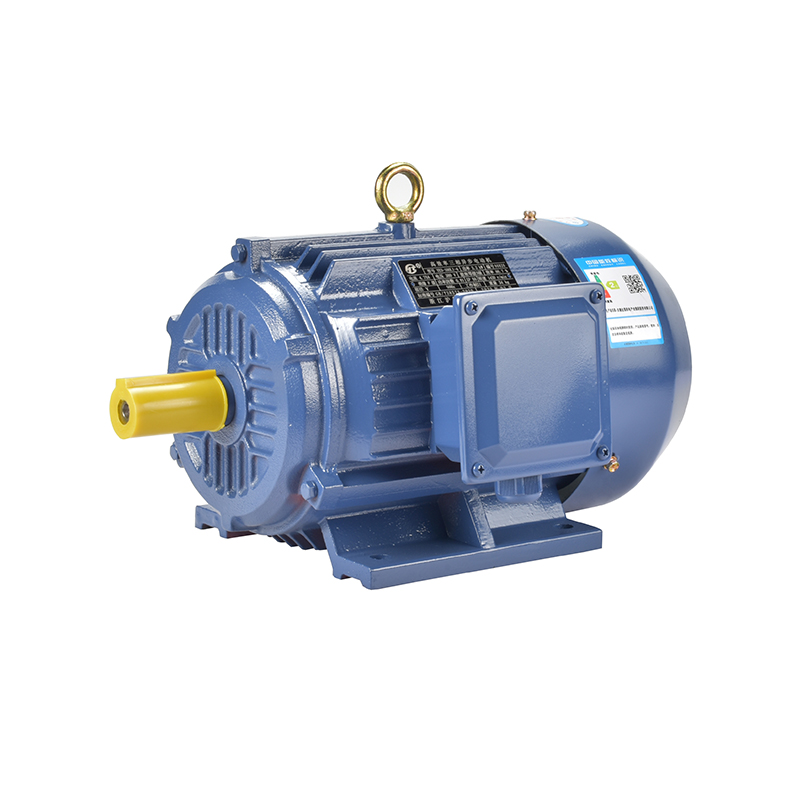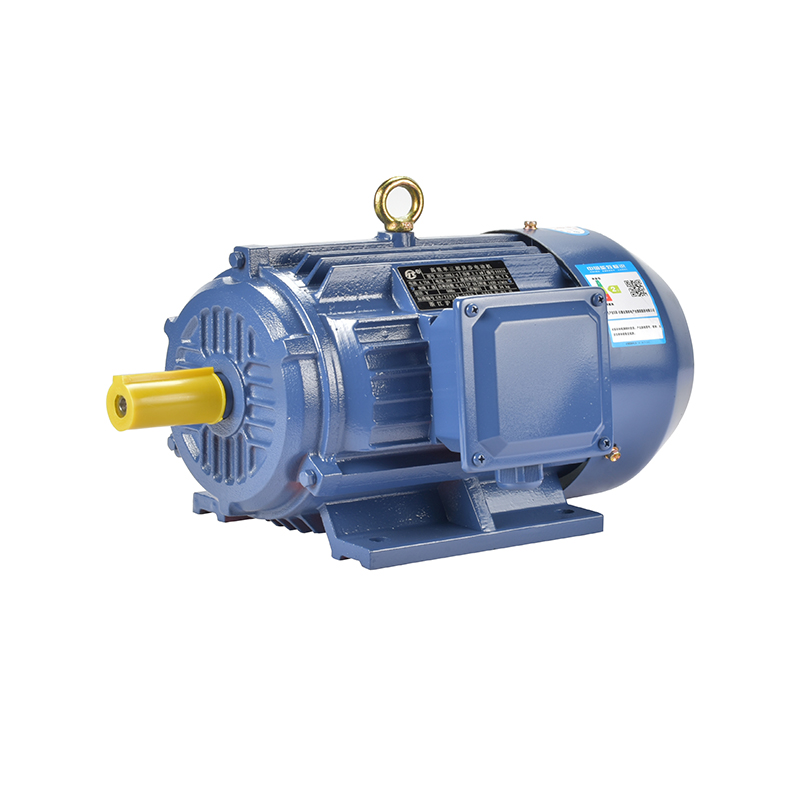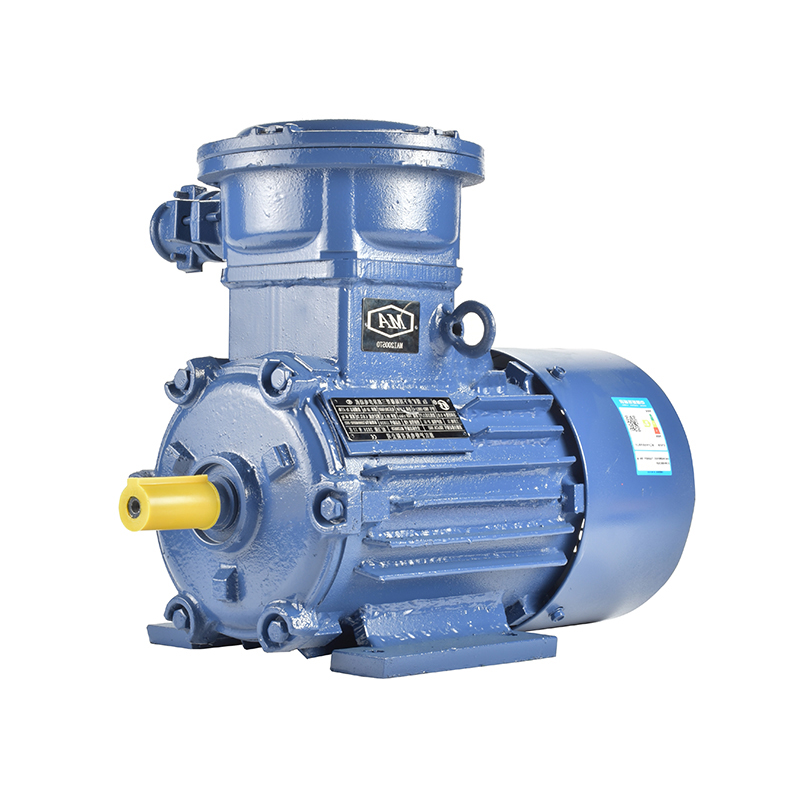Adapting Motor Design For Variable Load Conditions
In many industrial and commercial applications, electric motors often face variable load conditions that challenge their performance and durability. Designing motors that can efficiently operate under changing loads is a critical task for engineers and manufacturers alike. Whether it’s a three phase synchronous motor driving complex machinery or a single phase permanent magnet motor used in small appliances, understanding how to adapt motor design to meet these demands helps improve reliability and operational efficiency.
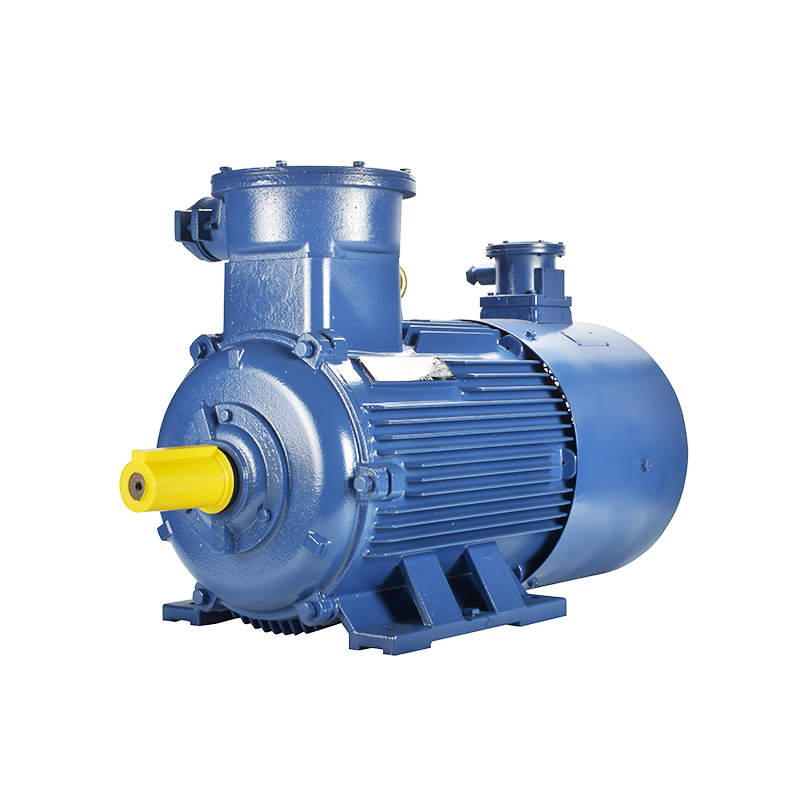
Variable load conditions refer to situations where the mechanical load on a motor fluctuates during operation. These fluctuations can arise from changes in the process requirements, intermittent operation, or varying speeds and torques needed by the driven equipment. Traditional motor designs optimized for steady-state loads may not respond well to these changes, resulting in energy waste, overheating, or premature wear.
One common motor type used in industrial settings is the three phase synchronous motor. This motor is known for maintaining a constant speed under varying loads because it runs in sync with the supply frequency. However, even synchronous motors need careful design considerations when dealing with variable loads. For example, the motor’s rotor and stator must be engineered to handle transient torque spikes without excessive vibration or mechanical stress. Proper insulation materials and cooling methods are necessary to manage thermal loads that can rise sharply when the motor encounters sudden load increases.
Another type of motor often adapted for variable loads is the single phase permanent magnet motor. These motors are frequently found in applications like fans, pumps, and small household devices where power supply may be limited to a single phase. The use of permanent magnets in the rotor improves the motor’s efficiency and torque density, but it also poses challenges. Since these motors typically have simpler control systems compared to three phase motors, their design must accommodate changes in load through mechanical and magnetic optimizations. For instance, selecting the right magnet material and rotor geometry can help the motor sustain torque under variable load conditions without losing stability or overheating.
To design a high performance electric motor capable of handling variable loads, engineers consider several factors beyond just the basic motor type. The winding design, including the number of turns and wire gauge, affects the motor’s current capacity and heat generation. A winding optimized for variable load will balance the need for torque production with thermal limits. Furthermore, the motor’s frame and bearing selection influence its mechanical robustness and ability to cope with vibration and shock during load changes.
Advancements in motor control technology also play a role in adapting motors to variable load conditions. Variable frequency drives (VFDs) and advanced controllers allow for real-time adjustments in voltage and frequency, which help maintain motor efficiency and prevent stress during load shifts. When paired with a motor designed for variable operation, such control systems can significantly extend service life and reduce energy consumption.
Thermal management is another key consideration in motor design for variable loads. As the load changes, so does the heat generated inside the motor. A motor that runs cool under light loads may quickly overheat under heavy or sudden loads if cooling is inadequate. Engineers often incorporate features like enhanced ventilation, heat sinks, or liquid cooling channels to ensure the motor temperature remains within safe limits regardless of load fluctuations.
Material selection also affects how well a motor adapts to variable load conditions. For example, the use of high-quality magnetic steel in the stator core can reduce losses and improve performance. Similarly, insulation materials that resist thermal degradation help the motor endure temperature swings associated with load variability.
Real-world applications show the importance of adapting motor design to variable loads. In conveyor systems, motors must frequently start and stop or change speed based on material flow. Motors that are not designed for such duty cycles may suffer from excessive wear or inefficiency. Similarly, HVAC systems rely on motors that can adjust their speed smoothly to match changing ventilation needs without consuming excessive power.
In the automotive sector, electric vehicle components use high performance electric motors designed to deliver variable torque and speed while maintaining energy efficiency. These motors are often based on synchronous or permanent magnet designs, carefully engineered to handle a wide range of operating conditions.
Ultimately, successful adaptation of motor design for variable load conditions requires a comprehensive approach. Motor manufacturers must integrate electrical, mechanical, and thermal design considerations, along with suitable control strategies, to create products that perform reliably over time. Balancing these factors helps produce motors that meet the evolving demands of modern equipment without unnecessary cost or complexity.
Zhejiang Hute Motor Co., Ltd. and other industry players continue to focus on these design principles to ensure their motors operate effectively in diverse applications. As industries advance and demand more flexible motor solutions, adapting designs to handle variable loads will remain a critical part of motor engineering.
-
Feedback



 English
English русский
русский Español
Español عربى
عربى

